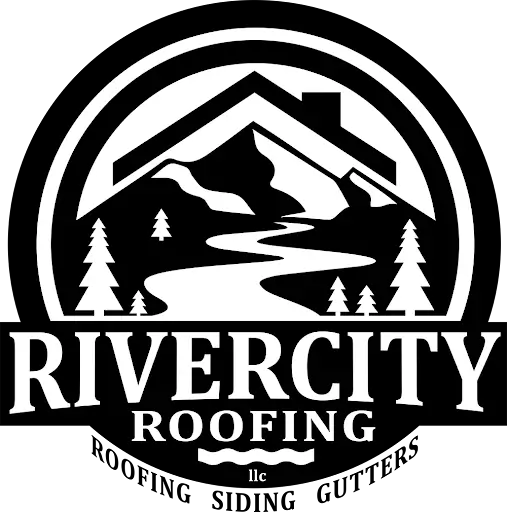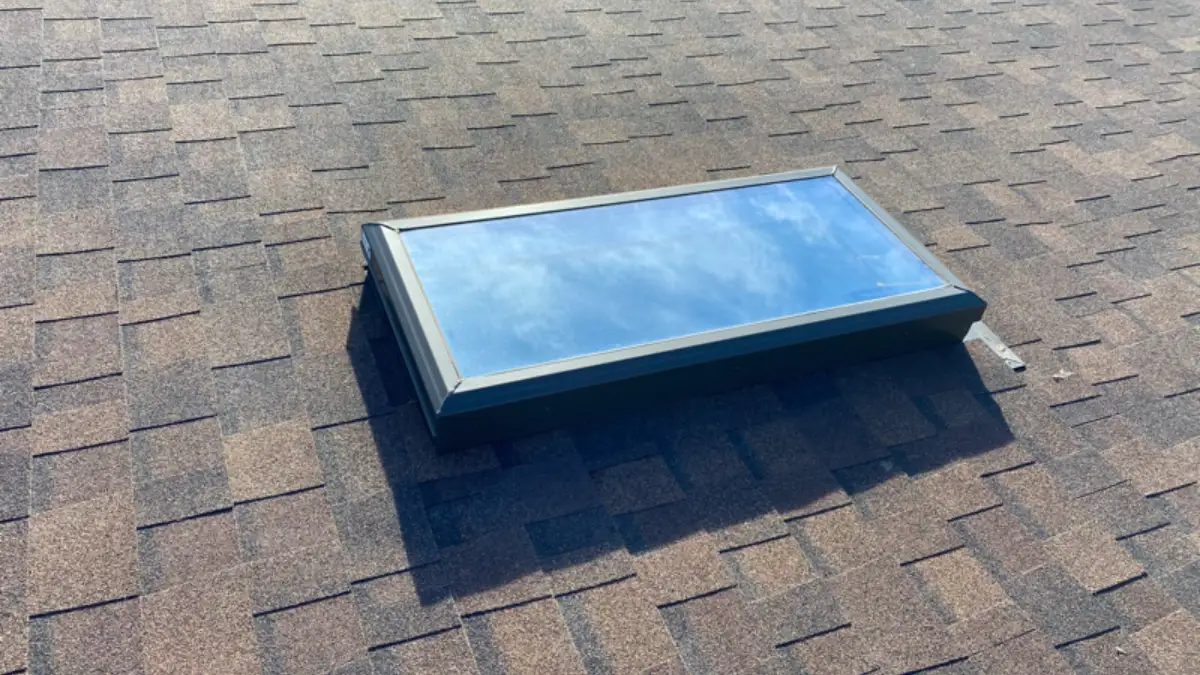When it comes to enhancing natural light in a home, homeowners often find themselves weighing the options of roof windows vs skylights. A skylight is a fixed window installed on the roof that provides natural light but does not open for ventilation. These architectural features have the ability to transform living spaces, bringing in sunlight and creating a sense of openness. Understanding the differences between these two options is crucial for making an informed decision that best suits one’s home and lifestyle.
This article explores the key aspects of roof windows and skylights, examining their unique characteristics and benefits. It delves into light distribution, energy efficiency, installation processes, and maintenance requirements. By comparing these factors, readers will gain valuable insights to help them choose the most suitable option for their home improvement project, whether it’s a skylight installation or incorporating roof windows and skylights into their living space.
Understanding Roof Windows
Roof windows are windows installed directly into a roof’s structure. They differ from skylights in several key ways. Roof windows are typically larger, allowing for better views of the sky and more natural light. Unlike fixed skylights, roof windows can be opened and closed, providing ventilation. Open roof windows help create airflow to eliminate cooking odors and humidity while also allowing heat to escape, making them advantageous in warmer climates.
Roof windows also allow fresh air to flow in, enhancing indoor ventilation and creating a healthier living environment.
These windows are installed in-plane with the roof’s pitch, usually at a minimum angle of 15 degrees. They require proper weatherproofing using flashing or skirts to ensure safety and prevent leaks. Manufacturers often conduct tests to assess the window’s ability to withstand heavy rainfall and check for air leakages. It is important to align roof windows with the surrounding roof to ensure the installation is structurally sound and meets building regulations.
Roof windows offer numerous benefits, including improved lighting in areas where vertical windows may not suffice, such as attics or home extensions. They also enhance ventilation, which is crucial for maintaining good air quality and comfort in living spaces.
Free Roof Inspections. Fast. Reliable.
Is your roof ready to weather the storm? Dont risk property damage. Our free roof inspections provide expert analysis to identify potential issues before they become costly problems.
Exploring Skylights and Natural Light
Skylights are windows installed in the roof, allowing natural light to flood into living spaces. Fixed windows, a type of roof skylight, provide consistent illumination and are energy-efficient, requiring minimal maintenance. Ventilating skylights, also known as roof windows, can be opened to improve air circulation, making them ideal for kitchens and bathrooms. Skylights are suitable for flat roof installations, requiring specific weatherproofing measures to ensure durability. They can be installed on both pitched and flat roofs, offering versatility in different architectural applications. A venting skylight is a type of skylight that provides ventilation, incorporating a venting option for natural airflow.
Electric skylights feature motorized controls and often include rain sensors for automatic closure during inclement weather. Solar-powered options harness renewable energy and can sometimes be remotely controlled. Tubular skylights, or sun tunnels, use reflective tubes to channel sunlight into rooms, making them perfect for small spaces.
Skylights can be flat, round, dome-shaped, or pyramid-shaped, each offering different esthetic and functional advantages. They’re typically made of tempered or laminated glass for safety and durability.
Comparing Light Distribution and Energy Efficiency: Skylight vs Roof Window
When comparing roof windows and skylights, light distribution and energy efficiency are crucial factors to consider. Skylights are particularly beneficial in areas with limited floor space, as they provide natural light without compromising the available area. The National Fenestration Rating Council (NFRC) provides valuable information through its voluntary program, which tests and labels windows based on energy performance.
Key metrics to consider include U-factor, Solar Heat Gain Coefficient (SHGC), and Visible Transmittance (VT). A lower U-factor indicates better insulation, while SHGC measures solar heat transmission. VT represents the amount of visible light that passes through the glazing.
The placement of these features significantly impacts their performance. North-facing installations offer consistent but cool light, while south-facing ones provide maximum solar heat gain in winter. East and west-facing options offer morning and afternoon sun, respectively.
To optimize energy efficiency, consider the building as a whole and strategically place windows to maximize natural light and ventilation.
Installation and Maintenance Considerations
Installing skylights requires careful planning and execution. Proper installation ensures longevity and prevents leaks. Homeowners should consider hiring professionals for complex installations. The process involves framing the opening, weatherproofing, and securing the skylight. Additionally, incorporating roof lights with frameless glass designs can enhance the interior look while ensuring compliance with fire safety codes. Regular maintenance is crucial for optimal performance. Cleaning skylights at least once a year, preferably in the fall, helps maintain efficiency. For fixed skylights, regulating indoor humidity is essential. Cleaning methods vary based on the skylight type, with newer models featuring self-cleaning glass. Gutter maintenance around skylights is also important to ensure proper water drainage. Professional cleaning every two to three years is recommended for optimal functionality and light transmission.
Conclusion
The choice between roof windows and skylights has a significant impact on a home’s ambiance and functionality. Both options offer unique benefits, from enhanced natural lighting to improved ventilation, making them valuable additions to any living space. The decision ultimately depends on specific needs, architectural constraints, and personal preferences.
To make the best choice, homeowners should carefully consider factors such as light distribution, energy efficiency, installation requirements, and maintenance needs. By weighing these aspects and consulting with professionals, individuals can select the option that best suits their home, enhancing both its esthetic appeal and practical value. River City Roofing, with over 20 years of experience, stands ready to provide expert guidance and professional services to help homeowners make informed decisions and ensure proper installation.
FAQ
Do skylights provide more light than traditional windows?
Yes, skylights and roof windows can admit over three times as much light as a vertical window of the same size. This makes them particularly useful in internal spaces that might otherwise need artificial lighting or ventilation, such as rooms without windows.
What are some drawbacks of installing skylights?
Installing skylights can be costly, both in terms of initial installation and ongoing maintenance. They can also impact your energy bills. Additionally, skylights are susceptible to leaks, which can cause wear and tear on your roof over time.
How do skylights differ from roof windows?
The primary difference lies in their construction and functionality. Roof windows are designed to open outward from a roof and are usually installed on sloped surfaces, such as a pitched roof. In contrast, skylights are fixed windows installed on flat surfaces and typically do not open.
Which is more cost-effective to install, a window or a skylight?
Generally, installing a tubular skylight (solar tube) is less expensive, ranging from USD 585.00 to USD 775.00, due to less intrusive installation requirements and fewer materials. In comparison, replacing a window can cost between USD 400.00 and USD 1000.00, depending on the type and material of the window.




Comments are closed